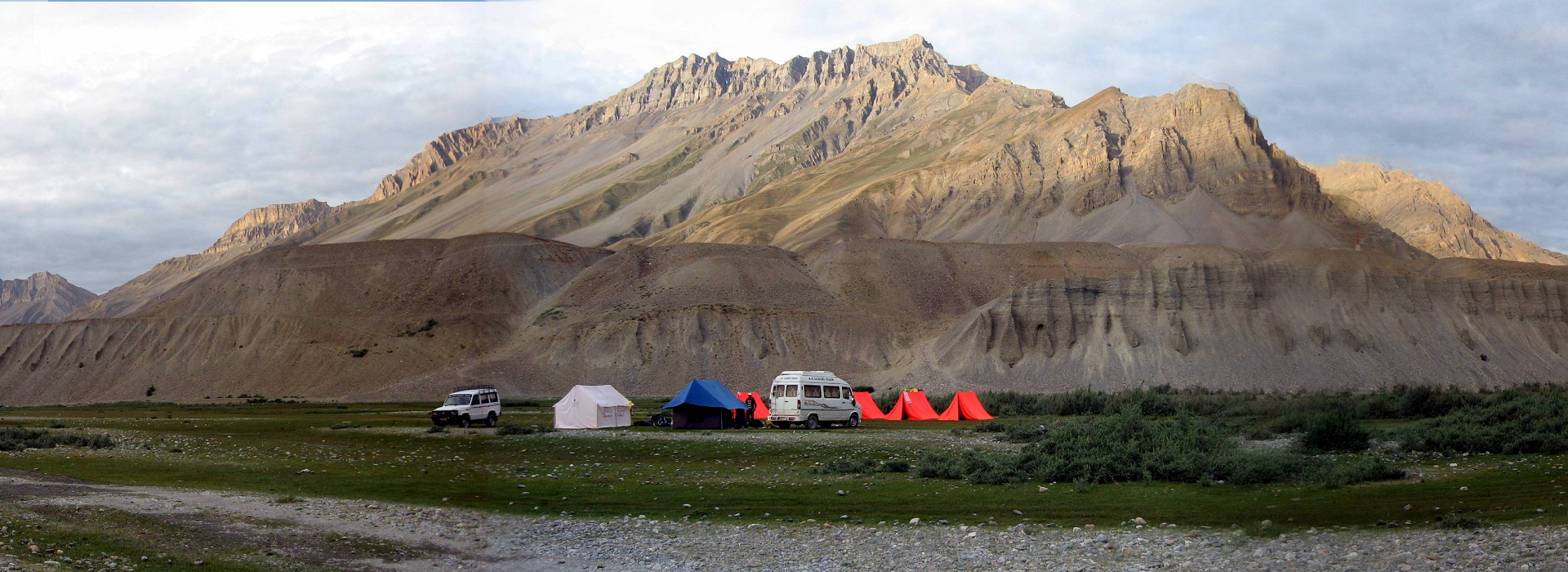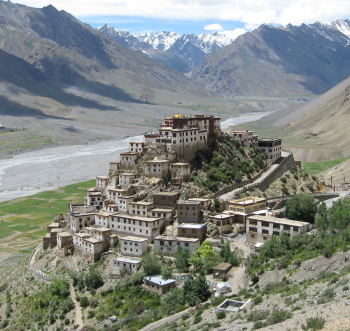Lahaul-Spiti Kinnaur


Welcome to Lahaul-Spiti & Kinnaur - "Tribal regions of Himachal"
Himachal Pradesh, a state in northern India takes its name and identity from the mountains of the Himalayas which it is the foothills. The word "Himachal" can be translated as "the house of eternal snow." The presence of these high peaks has determined the history, culture, heritage, and lifestyles of these areas. As a traveler, the mountains and valleys many offer a wide variety of landscapes and faces to discover. The highest mountain range and large the planet is a place where man and nature live in harmony. Nature is respected because human survival depends upon it and he knows how much it can be unforgivable.
In Himachal Pradesh, human activity is dominated by rural life: 90% of the population live in small villages and make their living almost exclusively on agriculture. The "tribal belt" consisting of the districts of Kinnaur and Lahaul and Spiti is predominantly Buddhist and the language spoken language is part of the Himalayan belt Tibeto-Burman. The average mountain has become an agricultural assisted irrigation and working the land to make it fertile. Thus, each village becomes an island of green in a desert of stones. Before India's independence, Himachal Pradesh was divided into a multitude of hereditary kingdoms. The British invested some pockets of Himachal during the nineteenth century, including Shimla, which became a health resort allowing them to spend the monsoon in a cool, Dalhousie and Kasauli. The vast varieties of lifestyles, architecture, and landscapes give the traveler the impression that multiple worlds are gathered there. The passenger remains amazed at the grandeur of the landscape, often dominated by snow-capped peaks, nature lovers will be able to discover wildlife and a wealth of exceptional originality.
“Hello Prem, Many thanks to you and your team to give us all the support for this unforgettable ski touring trip around Lahaul Mountains. We really appreciate your help and flexibility to adapt the trip and logistics according to our needs. Hope to see you again for our future adventures ...